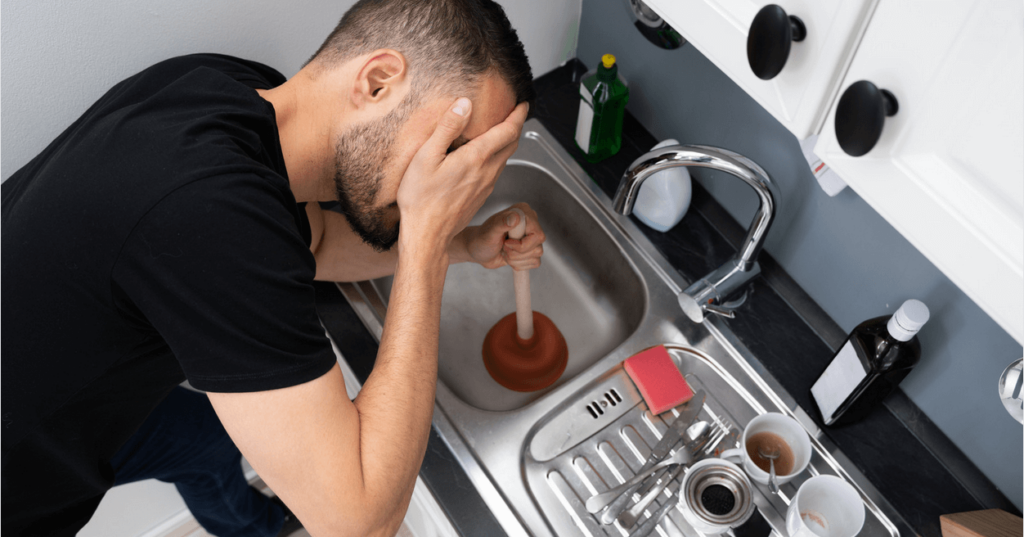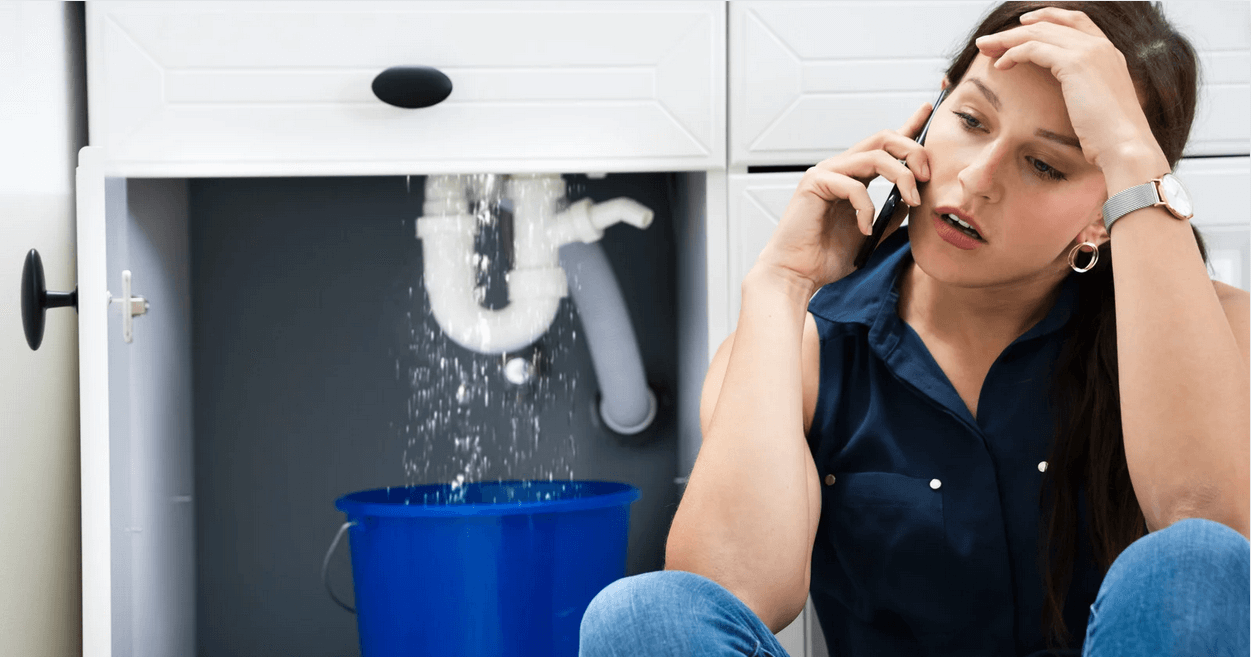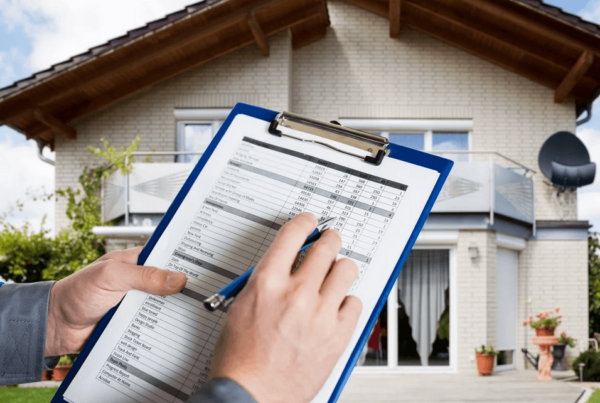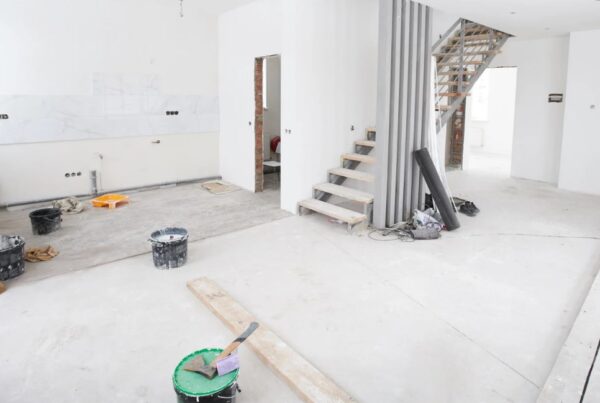Imagine waking up to the persistent sound of water dripping, only to find your bathroom floor flooded due to a leaky faucet. Plumbing issues like this are common but can cause significant inconvenience and damage if not addressed promptly. A small leak can lead to water damage, mould growth, and even structural issues in your home. Understanding and preventing plumbing problems is crucial for maintaining a safe and efficient home.
This blog will explore some of the most common plumbing issues, their causes and consequences, and how to prevent them to keep your home in top shape. We’ll delve into the intricacies of leaky faucets, clogged drains, and running toilets, among other issues. Additionally, we’ll provide tips on routine maintenance and when to call a professional plumber to ensure that even minor problems don’t escalate into major repairs. Your home is your sanctuary, and taking care of its plumbing is key to preserving its value and comfort.
Common Plumbing Issues
Plumbing issues can arise at any time, often catching homeowners off guard. From clogged drains to burst pipes, these problems can disrupt daily life and result in costly repairs if left unchecked. This section will delve into some of the most frequently encountered plumbing issues, helping you recognize the warning signs before they escalate. By identifying these common problems early, you can take proactive steps to mitigate damage and maintain the integrity of your home’s plumbing system.
Leaky Faucets
Leaky faucets are a frequent annoyance in many households. They occur when the faucet’s washers, seals, or gaskets wear out over time.
Causes:
- Worn-out O-rings: These small discs attached to the stem screw of the faucet can degrade over time, leading to leaks. O-rings are commonly found in cartridge faucets.
- Corroded valve seats: Mineral deposits can corrode the valve seat, which connects the faucet to the spout, causing leaks.
- Loose parts: Components like washers, gaskets, and O-rings may become loose due to regular use, causing water to leak around the faucet.
Consequences:
- Water wastage: According to the EPA, a leaky faucet dripping at one drop per second can waste over 3,000 gallons yearly.
- Potential water damage: Persistent leaks can damage sinks, countertops, and cabinets, leading to mould and mildew growth affecting indoor air quality and health.
Prevention Tips:
- Regular inspections: Check faucets periodically for signs of wear and tear.
- Quality installations: Use high-quality, durable faucets and components to minimize the risk of leaks.
- Prompt repairs: Address leaks as soon as they are detected to prevent extensive damage.
Clogged Drains

Clogged drains are another common issue in sinks, showers, and toilets. They occur when solid material, hair, and other debris accumulate and block the proper flow of water.
Causes:
- Hair: Especially common in shower drains, hair can accumulate and create blockages.
- Soap scum: Soap residues combine with minerals in water, forming a hard, sticky substance that clogs pipes.
- Food particles and grease: Food particles and grease can build up in kitchen sinks, creating significant blockages.
- Foreign objects: Items like toys, sanitary products, and wipes can accidentally be flushed or dropped into drains, causing clogs.
Consequences:
- Slow drainage: Blockages can cause water to drain slowly, leading to standing water in sinks and tubs, which can be a breeding ground for bacteria.
- Unpleasant odours: Decomposing food particles or mould growth in clogged drains can emit foul smells.
- Overflow and water damage: Severe clogs can cause water overflowing from sinks, bathtubs, or toilets, leading to water damage and costly repairs.
Prevention Tips:
- Use drain screens: These can catch hair and food particles before they enter the drain.
- Proper disposal of grease: Avoid pouring grease down the drain; instead, collect it in a container and dispose of it in the trash.
- Regular cleaning: Clean drains periodically with baking soda and vinegar to dissolve minor clogs and prevent build-up.
Running Toilets
A running toilet can waste a lot of water daily if not fixed promptly.
Causes:
- Faulty flapper valve: The flapper controls water flow from the tank to the bowl. Over time, it can wear out or become misaligned, causing the toilet to run continuously.
- Improperly adjusted float: The float controls the water level in the tank. If it’s set too high or too low, it can cause the tank to overfill or underfill.
- Fill tube issues: A disconnected or improperly placed fill tube can cause continuous water flow.
Consequences:
- Increased water bills: Continuous running can lead to significant water wastage. The EPA estimates that a running toilet can waste up to 200 gallons of water daily.
- Water wastage: Beyond the financial cost, wasting water has environmental implications, contributing to water scarcity issues.
Prevention Tips:
- Regular inspections: Check the toilet’s components periodically to ensure they function correctly.
- Replace faulty parts: If you notice the toilet running, inspect the flapper valve and float, fill the tube, and replace any faulty components.
- Proper adjustment: Ensure the float is set at the correct level to maintain the right water level in the tank.
Low Water Pressure
Low water pressure can make everyday tasks like showering or washing dishes frustrating.
Causes:
- Pipe corrosion: Common in older homes with galvanized steel pipes, corrosion can restrict water flow.
- Leaks: Even small leaks can reduce water pressure throughout the home.
- Sediment build-up: Particularly in homes with hard water, sediment can clog pipes and fixtures.
- Municipal supply issues: Sometimes, the problem lies with the local water supply, especially if maintenance or construction work is being done.
Consequences:
- Inconvenience: Low water pressure makes it difficult to perform daily tasks effectively.
- Indicators of serious issues: Persistent low water pressure can indicate significant problems like pipe corrosion or severe leaks.
Prevention Tips:
- Regular pipe inspections: Periodically inspect your pipes for signs of corrosion or leaks.
- Install water softeners: Water softeners can reduce sediment build-up in pipes.
- Prompt leak repairs: Address leaks immediately to prevent further damage and maintain water pressure.
Water Heater Issues
Problems with water heaters can range from no hot water to strange noises and leaks.
Causes:
- Sediment build-up: Minerals from hard water settle at the bottom of the tank, reducing efficiency and causing noise.
- Faulty thermostat: An incorrect thermostat setting or a faulty unit can lead to improper water temperatures.
- Worn-out heating element: Heating elements can wear out over time, leading to a lack of hot water.
Consequences:
- Lack of hot water: Affecting daily activities like bathing and cleaning.
- Potential water damage: Leaks from the water heater can cause significant damage.
- Increased energy bills: Inefficient heating due to sediment build-up or faulty components can lead to higher energy consumption.
Prevention Tips:
- Regular flushing: Flush the water heater annually to remove sediment build-up.
- Check thermostats and heating elements: Inspect these components regularly and replace them if necessary.
- Professional maintenance: Schedule annual maintenance with a professional plumber to ensure the water heater operates efficiently.
Prevention Tips for Common Plumbing Issues
Prevention is always better than dealing with the aftermath of plumbing problems. By implementing a few simple habits and paying attention to early warning signs, homeowners can avoid many of the common plumbing issues discussed in the previous section. This section will outline proactive measures that can be taken to maintain a healthy plumbing system, ensuring smooth operation and longevity. From regular inspections and maintenance to everyday best practices, these tips will help you prevent clogs, leaks, and other plumbing-related headaches.
Regular Maintenance
Regular maintenance is critical to preventing plumbing issues. It allows homeowners to catch and address minor problems before they escalate into more significant, costly repairs.
Inspections:
- Annual inspections: Schedule annual inspections with a professional plumber to catch potential problems early. This can help identify issues like minor leaks, corrosion, and early signs of blockages.
- Seasonal checks: Inspect your plumbing system at the start of each season to address any weather-related concerns, such as freezing pipes in winter or increased usage in summer.
Professional Services:
- Routine check-ups: Have a professional plumber conduct routine check-ups to ensure all systems are functioning correctly. This can include checking water pressure, inspecting water heaters, and ensuring no hidden leaks.
- Service contracts: Consider signing a contract with a plumbing company for regular maintenance and priority service in emergencies.
Proper Use and Care
Proper use and care of your plumbing systems can prevent many common issues.
Kitchen and Bathroom Drains:
- Drain screens: Use screens in all sinks and tubs to catch hair and food particles.
- Grease disposal: Never pour grease down the drain. Instead, collect it in a container and dispose of it in the trash.
- Chemical cleaners: Avoid using chemical drain cleaners frequently, as they can damage pipes. Opt for natural alternatives like baking soda and vinegar or enzymatic cleaners.
Toilet Care:
- Flush only appropriate items: Educate family members to flush only toilet paper and human waste. Items like wet wipes, feminine hygiene products, and cotton balls can cause clogs.
- Regular cleaning: Clean your toilet regularly to prevent the build-up of minerals and waste that can lead to clogs.
What to Look for
There are several do-it-yourself measures you can take to prevent plumbing problems.
Leak Detection:
- Inspect for leaks: Regularly check for leaks around the house, including under sinks, around toilets, and near appliances.
- Water leak detectors: Install water leak detectors that alert you to potential issues. These devices can provide early warnings of leaks, allowing for prompt repairs.
Water Pressure Check:
- Test water pressure: Use a water pressure gauge to test the pressure in your home. The ideal water pressure is between 40 and 60 psi. If the pressure is too high, install a pressure regulator.
- Adjust pressure: If necessary, adjust the water pressure regulator to maintain optimal pressure levels.
Water Heater Maintenance:
- Flush the heater: Flush the water heater annually to remove sediment build-up. This involves draining the tank and then refilling it to rinse out accumulated minerals.
- Check the temperature: Set the thermostat to 120°F to prevent scalding and reduce energy consumption.
Emergency Preparedness
Being prepared for plumbing emergencies can minimize damage.
Shut-off Valves:
- Locate shut-off valves: Know the location of your home’s main shut-off valve and the individual shut-off valves for sinks, toilets, and appliances.
- Operate shut-off valves: Ensure you know how to operate these valves to quickly shut off water in case of a leak or burst pipe.
- Test shut-off valves: Periodically test them to ensure they work properly and aren’t stuck due to lack of use.
Emergency Kit:
- Essential tools: Keep a plunger, pipe wrench, and plumber’s tape on hand for minor emergencies. These tools can help you manage small issues until a professional arrives.
- Emergency contact: Have the contact information of a reliable plumber easily accessible for quick reference during emergencies.
When to Call a Professional
While many plumbing issues can be handled with DIY methods, some require professional intervention.
Complex Issues
- Persistent leaks: If you’ve attempted to fix a leak multiple times without success, it’s time to call a plumber. Persistent leaks can indicate underlying issues that need professional diagnosis and repair.
- Severe clogs: When plunging and home remedies fail to clear a clog, a plumber can use specialized tools like a plumber’s snake or hydro-jetting to clear the blockage.
- Unusual noises: Banging, gurgling, or other unusual noises from pipes or appliances can indicate serious problems like water hammer, pressure issues, or sediment build-up.
Signs of Serious Problems
- Frequent backups: Recurring backups in sinks, tubs, or toilets can signal a significant blockage or a problem with the main sewer line.
- Discolored water: Yellow, brown, or rusty water can indicate pipe corrosion, while green or blue water may suggest issues with copper plumbing.
- Significant drop in water pressure: A sudden and significant drop in water pressure could indicate a major leak or blockage in the main water line.
Choosing a Plumber
- Check reviews: Look for plumbers with positive reviews on reputable websites like Yelp, Google, and Angie’s List.
- Ask for recommendations: Ask friends, family, or neighbours who have had positive experiences with local plumbers.
- Verify licenses and insurance: Ensure the plumber is licensed and insured to protect yourself from liability in case of accidents or damage.
- Request quotes: Get multiple quotes for larger jobs to compare pricing and services.
Conclusion
Preventing plumbing issues before they become major problems is essential for maintaining a safe and efficient home. Regular maintenance and early intervention can save you from significant inconvenience and expense. By following the tips outlined in this blog, such as checking for leaks, ensuring proper insulation of pipes, and routinely cleaning drains, you can keep your plumbing in good condition and avoid costly repairs. Staying proactive in your plumbing care protects your home and provides peace of mind.
For professional plumbing services and inspections, contact Select Preferred Developments Ltd. today. Our team of experts is here to help you with all your general contracting needs and ensure your home remains in top shape.




